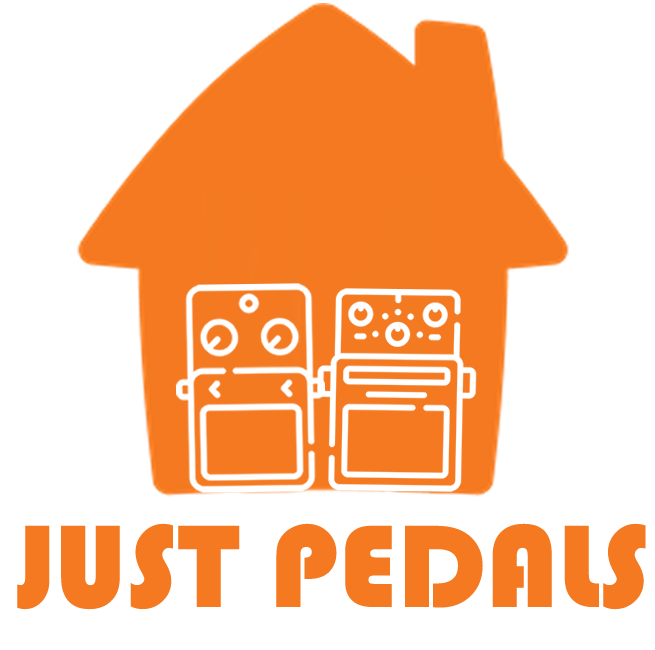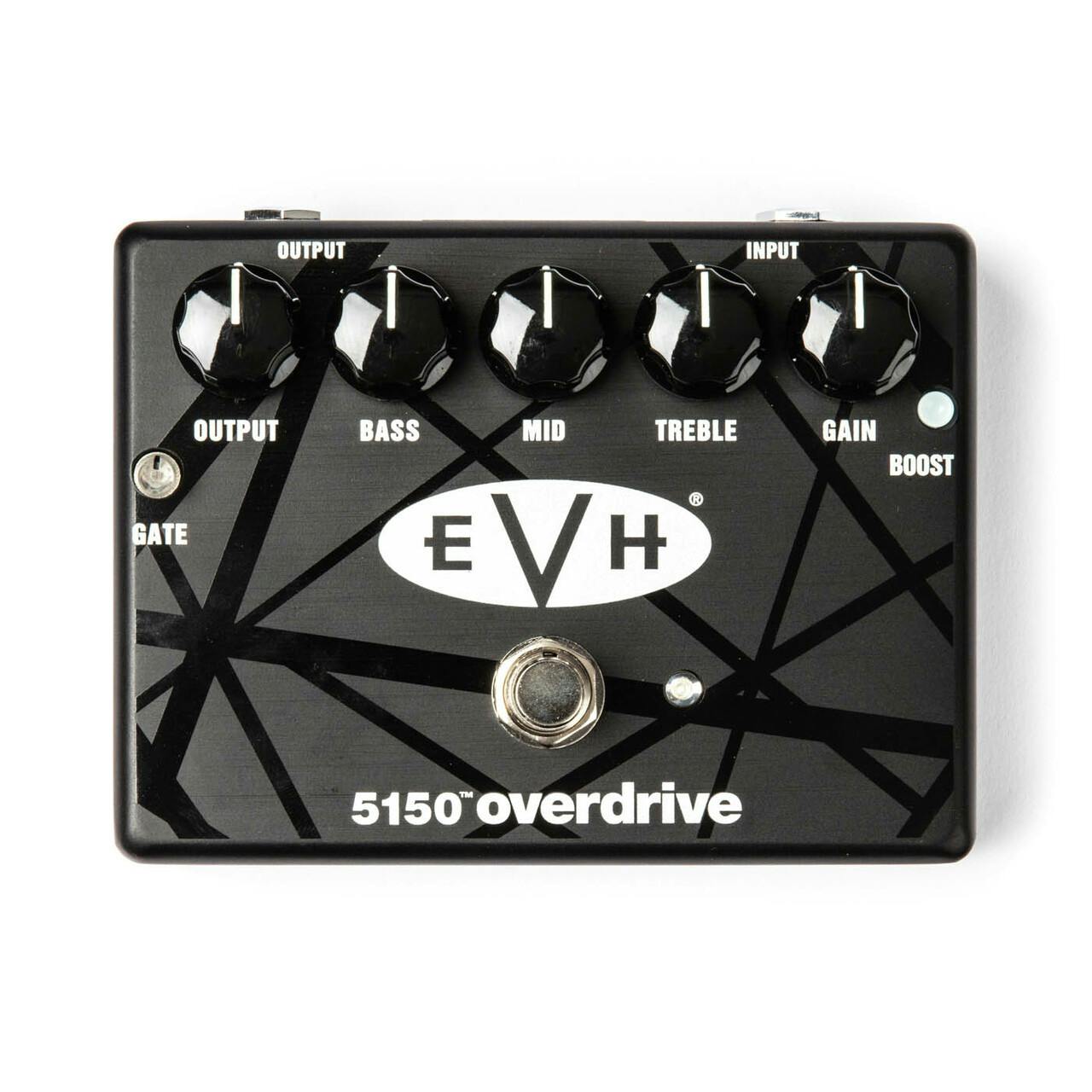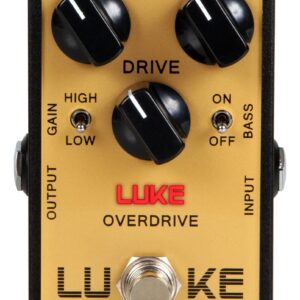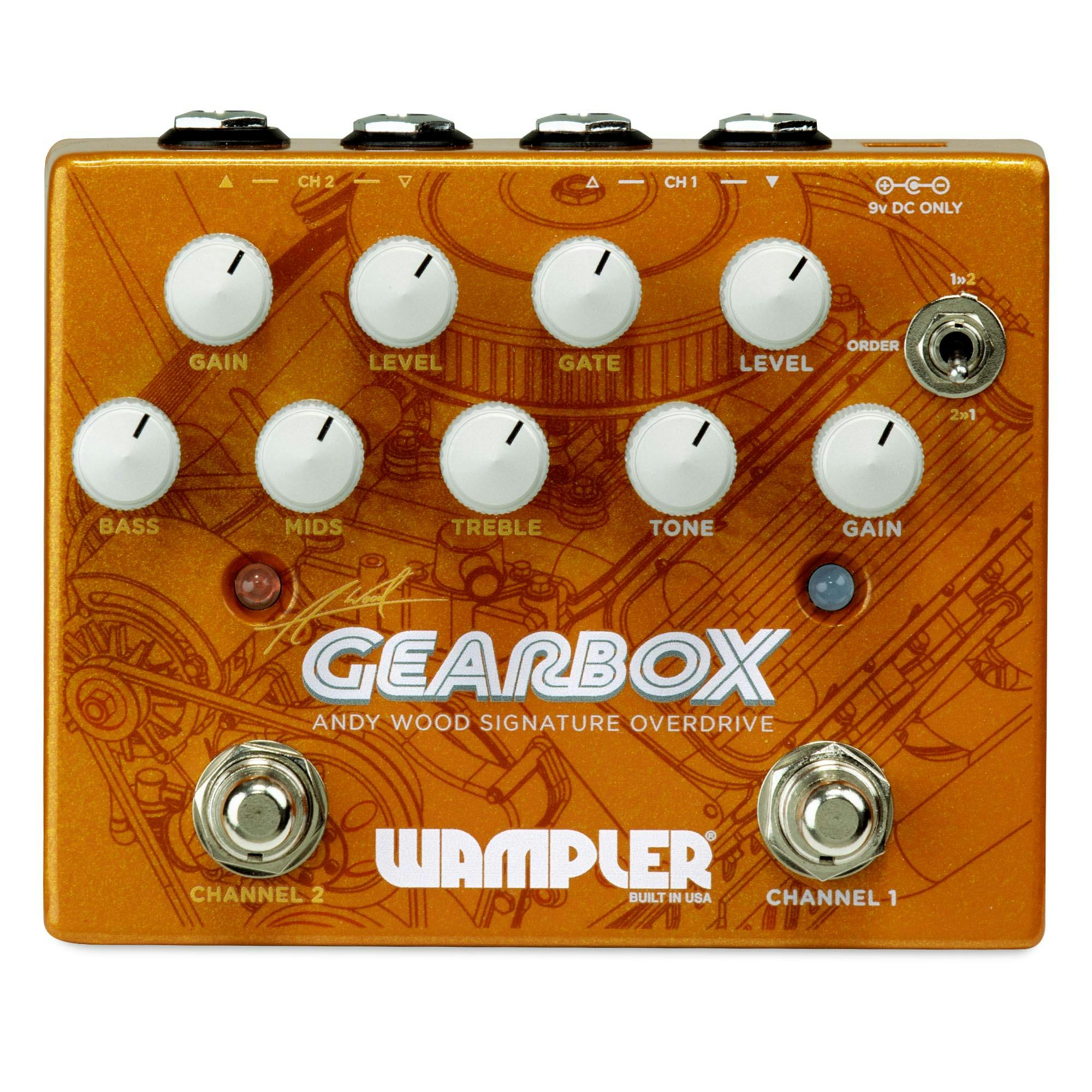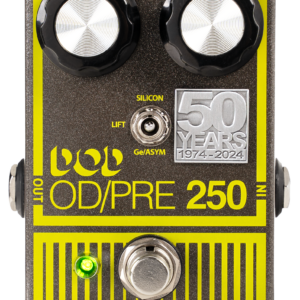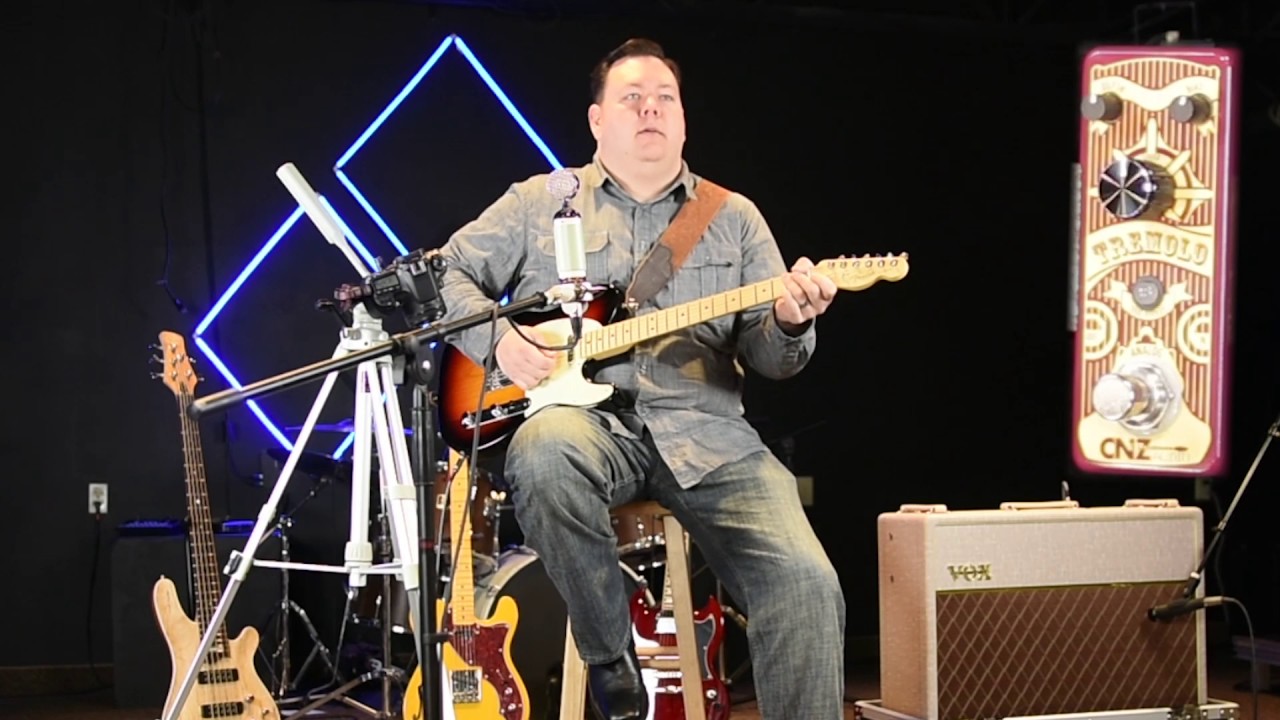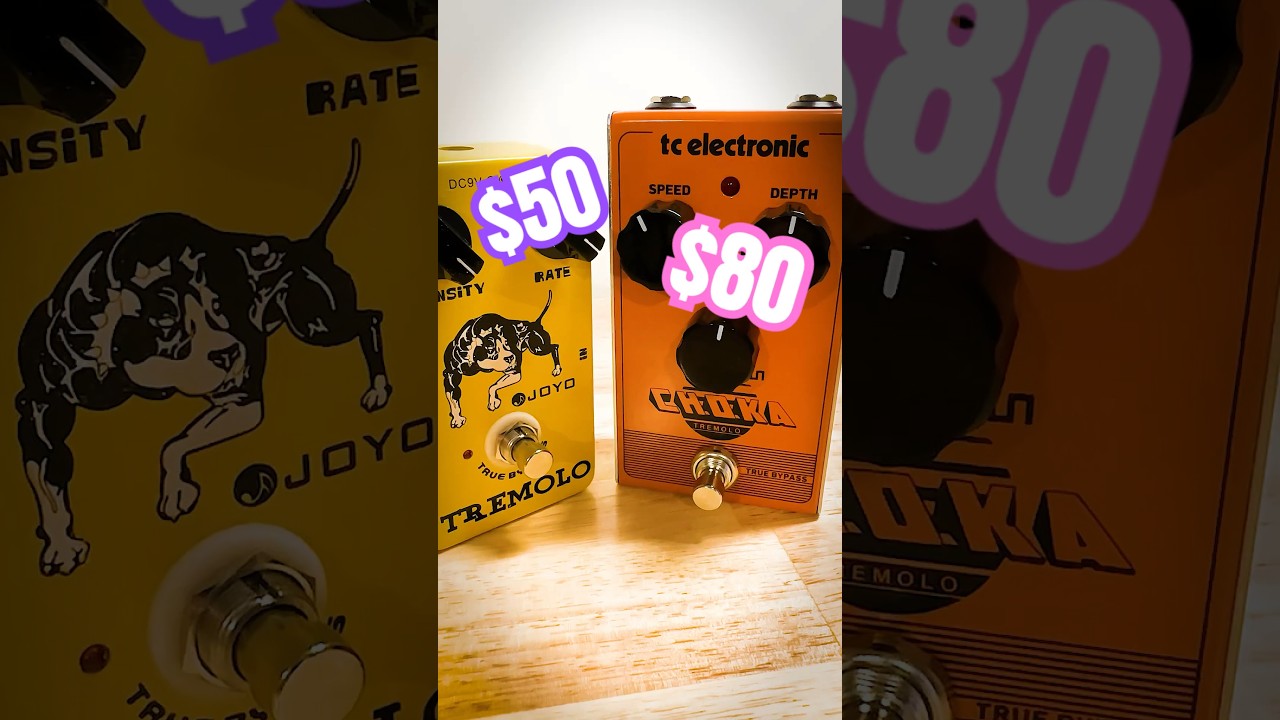Description
The MXR 5150 Overdrive EVH Signature Drive Pedal is currently retailing at £224.99 and it is in stock. Available to be delivered to you by post direct (some charge may apply). The top pedal chef at Just Pedals thinks that MXR nailed it here.
If you are a hard rock or metal guitar player you have probably thought about owning an EVH 5150 amp at some point. Its heavily saturated high gain tone matched up with its tight low end and fast attack made it one of the best amp choices for a lot of players across the globe.
MXR know that you don’t want to get rid of your current amp though so they have worked closely with Eddie Van Halen and the team at EVH to recreate the amps tone in a single MOSFET pedal.
Amp Like Response
You have probably heard this a thousand times. While some pedals get somewhere near the sound of an amp the MXR 5150 really sounds like you have a 5150 on stage. The key is in the MOSFET transistor based circuit. While we could get really nerdy about this MOSFET transistors basically respond like valves.
This means the same high gain saturated tone that you have heard on countless records sits inside this little pedal.
Keeping It Tight
There is much more to this pedal than its amp like response though. With a 3 band EQ, Boost switch with added compression and a built in noise gate you can make your tone incredibly tight even when running through a small clean amp.
The noise gate is one of the biggest features with this pedal as it means you really can just rock up to a gig with this pedal and get a tight sound through any amp. Based on the MXR Smart Gate circuit you can even get a little bit djenty.
Here’s what MXR Say about the 5150 Overdrive
EVH 5150 Overdrive joins hand-adjusted multi-stage MOSFETs with a full complement of controls to deliver overdriven tube-like tones and exceptional sonic flexibility through a wide variety of amps and speaker cabinets.
Whether on stage or in the studio, the EVH 5150 Overdrive’s controls dial up the whole spectrum-from Eddie’s groundbreaking early classic tones to the high gain, super-articulate sound he uses today.
Features
- Designed in close collaboration with Eddie Van Halen
- Infuses any rig with legendary EVH tones
- Features a passive 3-band EQ section for versatile tweakability
- Boost switch adds extra gain and compression
- Built in Smart gate circuit
We have new and used MXR musical equipment available on our website for fast direct delivery from sellers across the UK & Europe.
MXR is a renowned American effects pedal brand, founded in 1972, that has earned a reputation for its reliable, high-quality products with a focus on simplicity and performance. Known for their iconic compact designs, MXR pedals have become staples on pedalboards across genres. Popular models like the Phase 90, Dyna Comp, and Distortion+ have been integral to the sounds of rock, punk, and beyond. With a commitment to durability and tone, MXR continues to innovate, offering a wide range of pedals, from overdrives and delays to modulation and loopers.
<p data-start="0" data-end="381"><strong data-start="0" data-end="9">Drive</strong> is a type of effect that adds gain and distortion to your instrument's signal, typically to create a warm, overdriven tone. It’s commonly used to push an amp or pedal beyond its clean capacity, producing a richer, more saturated sound. Drive pedals are known for offering a range of tones, from light and subtle overdrive to full-on distortion, depending on the settings.</p>
<p data-start="383" data-end="959" data-is-last-node="">Drive pedals generally have controls for <strong data-start="424" data-end="432">gain</strong> (which determines how much distortion is applied), <strong data-start="484" data-end="492">tone</strong> (which adjusts the bass, mids, and treble), and <strong data-start="541" data-end="551">volume</strong> (to balance the output level). They're essential for genres like rock, blues, and metal, where varying degrees of overdrive are needed to enhance the musical performance. Popular drive pedals like the <strong data-start="753" data-end="777">Ibanez Tube Screamer</strong>, <strong data-start="779" data-end="793">Pro Co Rat</strong>, and <strong data-start="799" data-end="815">Fulltone OCD</strong> are celebrated for their versatility, allowing players to shape their sound with precision while maintaining the character of their instrument.</p>
Just Pedals is a new Guitar Effect Pedals Marketplace – We feature new and used Guitar Effect pedals from different sellers, to purchase online from the UK.
We checked and good news we have it in stock, it has your name on it.
Order today and we will have it with you in a jiffy !
Overdrive is a popular guitar effect that creates a warm, distorted sound by amplifying the signal of an electric guitar, typically using a pedal or an amp's built-in circuit. The effect simulates the natural distortion that occurs when a tube amplifier is pushed to its limit, creating a rich, harmonic response that adds sustain, warmth, and character to the tone. Overdrive pedals are commonly used to add grit and growl to a clean tone without the harshness of full distortion.
The overdrive effect works by boosting the input signal, causing the amplifier to break up and clip the waveform, resulting in a smooth, musical distortion. This is often more subtle and less aggressive than other forms of distortion, making overdrive pedals ideal for blues, classic rock, and country players who seek a dynamic sound that responds to their playing touch. Overdrive pedals can be used in conjunction with other effects like delay and reverb to shape a more complex, evolving sound. Popular overdrive pedals include the Ibanez Tube Screamer, the Fulltone OCD, and the Boss OD-3, each offering different tonal characteristics, from smooth and bluesy to punchy and aggressive.
A pedal is an electronic device that alters the sound of an electric guitar by applying various effects. Pedals are typically connected in a series between the guitar and amplifier, allowing guitarists to switch effects on and off with their feet while playing.
This enables musicians to quickly and easily change their sound, adding versatility and creativity to their performances.
Pedals are essential tools in many musical genres, including rock, blues, jazz, and metal, allowing artists to craft distinctive and dynamic soundscapes.
Once you buy one, you can't stop and then you have to sell them and buy more.
Signature pedals are special editions of guitar effects designed in collaboration with famous musicians or to replicate the unique sound of a particular artist. These pedals typically feature custom modifications, settings, or circuit designs that reflect the player's iconic tone, offering fans and musicians a way to capture that signature sound in their own setup.
Signature pedals are often developed with the input of the artist to ensure the pedal closely matches their live or recorded tone. Examples include the Joe Bonamassa Fuzz by Electro-Harmonix, designed to deliver the blues-rock legend’s distinctive fuzzy tone, and the John Petrucci Dreamscape by MXR, which is tailored to the Dream Theater guitarist’s complex soundscapes. These pedals not only provide a specific tone but also offer users the chance to access the sounds of their favourite artists in a compact and reliable format.
Just the latest videos
Just related products
£176.37
Pedal Type Amp Overdrive Analog/Digital Analog Inputs 1 x 1/4" Outputs 1 x 1/4" EQ 3-way Mid Scoop Switch
£144.95
Model Number: CSP037 Item Package Quantity: 1 Package Weight: 318 grams Package Dimensions (L x B x H) in cm: 6.858 x 11.43 x 14.224
£307.60
Simple three-knob setup—Volume, Tone, and Intensity Input and Output Level pad switches Mono and stereo outputs International products have separate terms, are sold from abroad and may differ from local products, including fit, age ratings, and langu…
read more £5.99
9v 500mA Regulated, 2.1mm x 5.5mm, Centre Negative Polarity Power Supply Filtered for Zero Hum, Noise Free Operation Spring Mounted Tip for Secure Connection 2 Meter Rounded Thick Cable. Energy Efficient Designed for Musical Equipment
£175.61
Brand: Marshall Item weight: 1 pounds Brand: marshall
